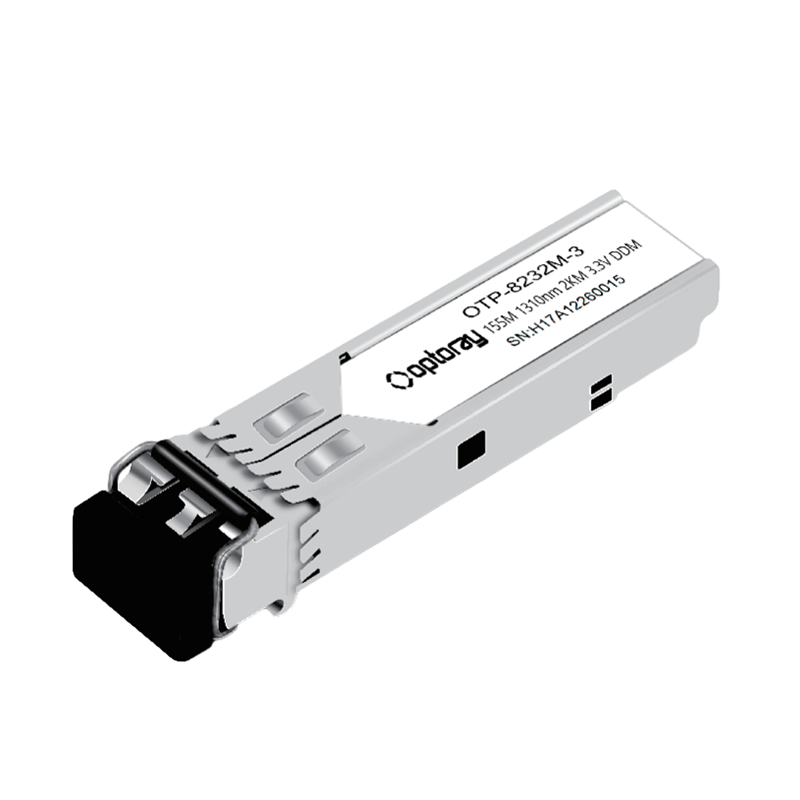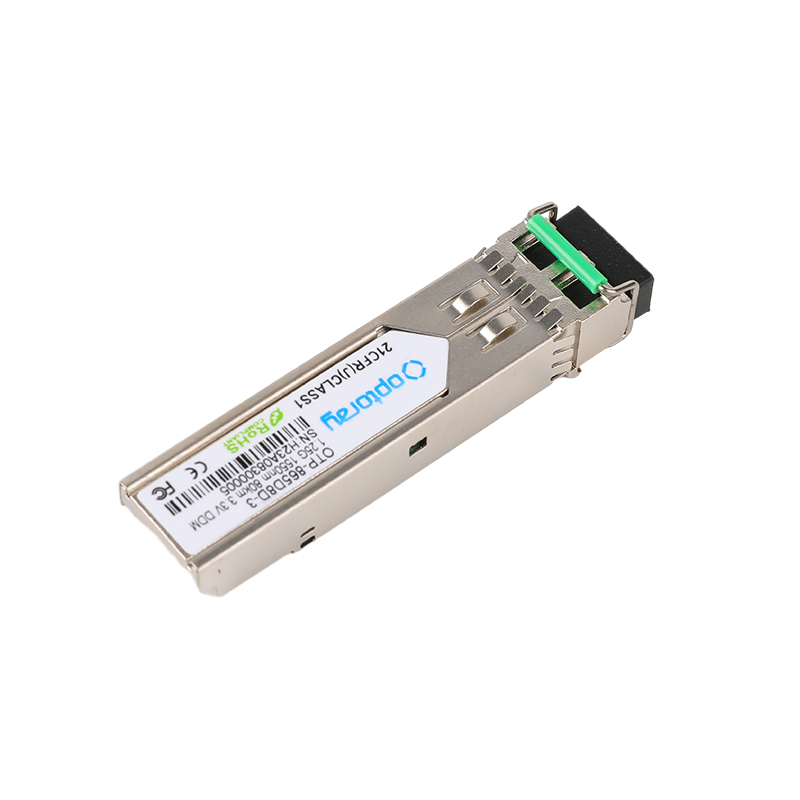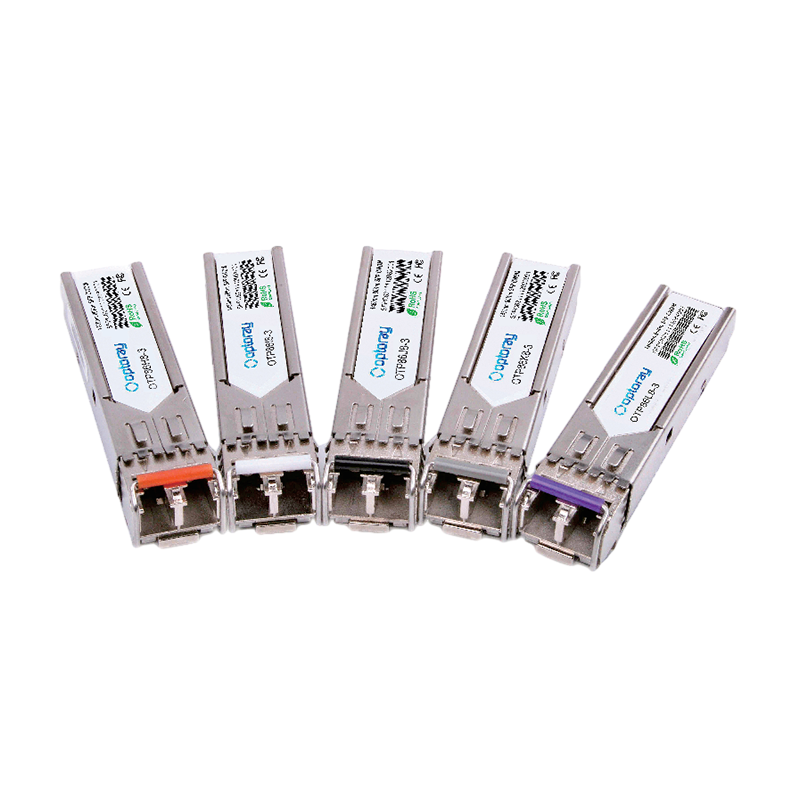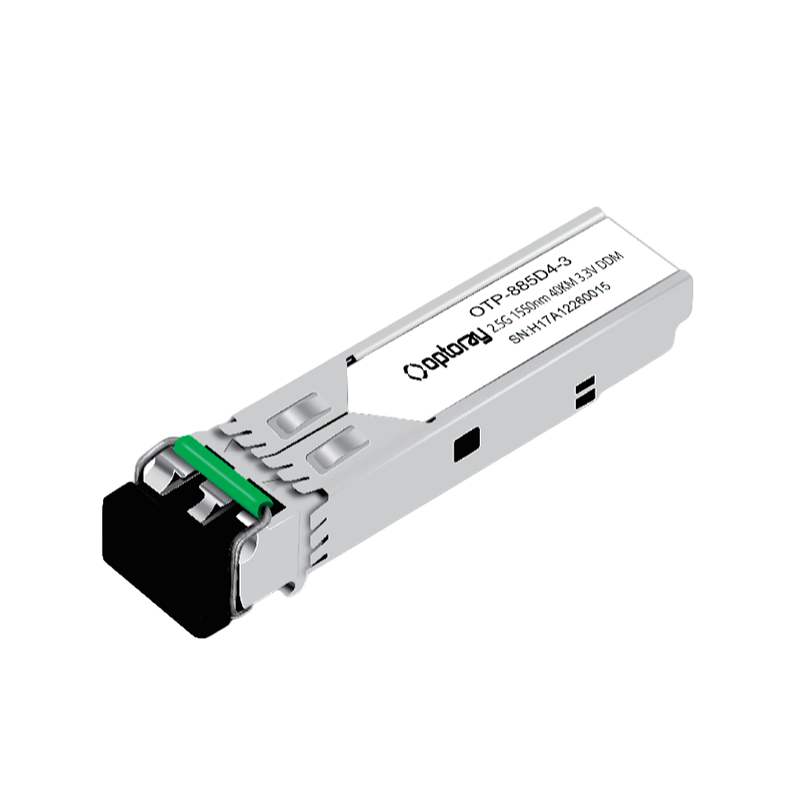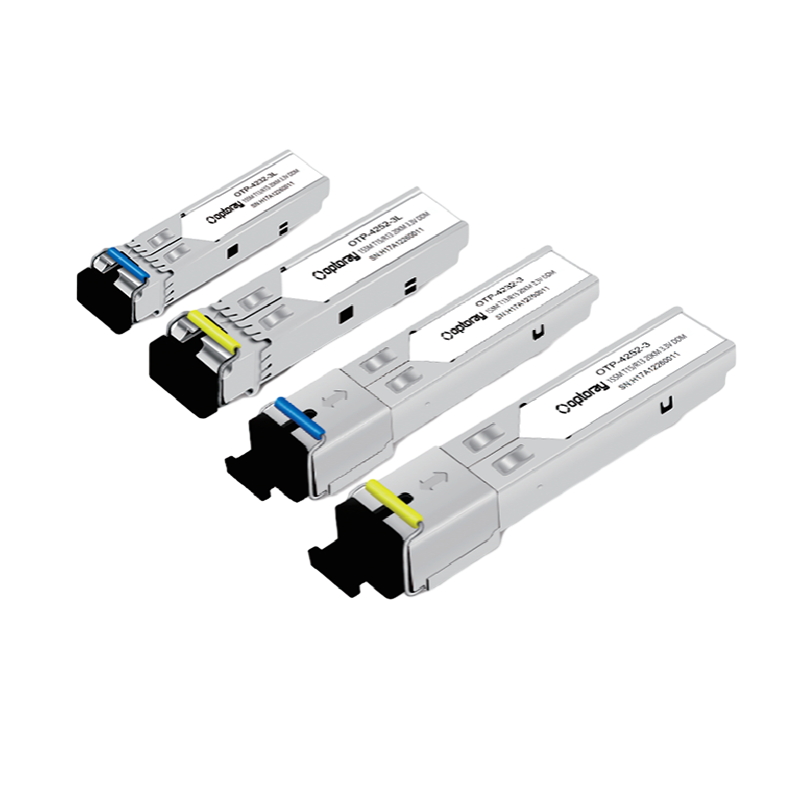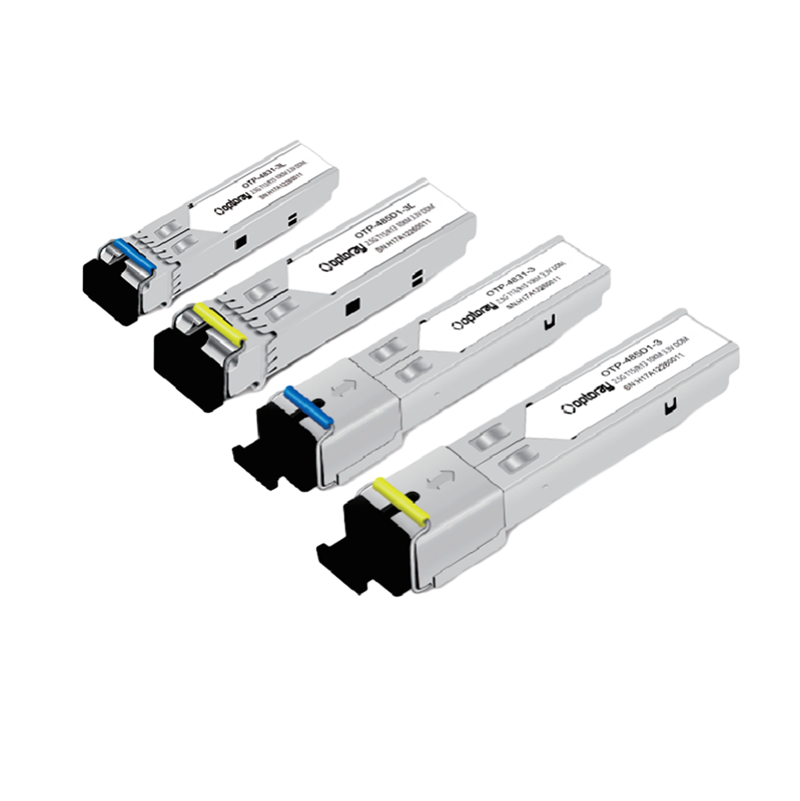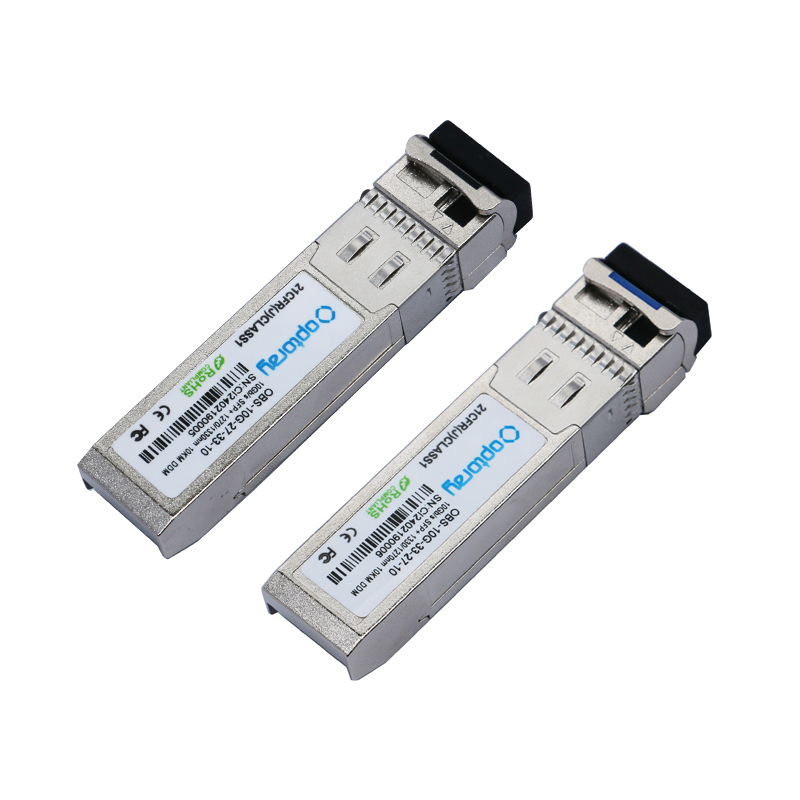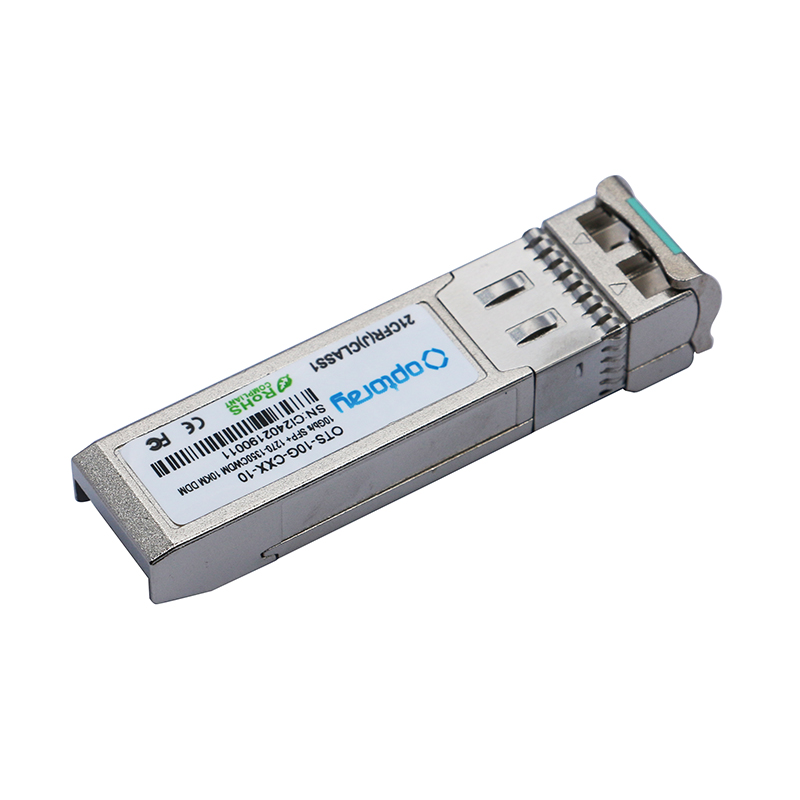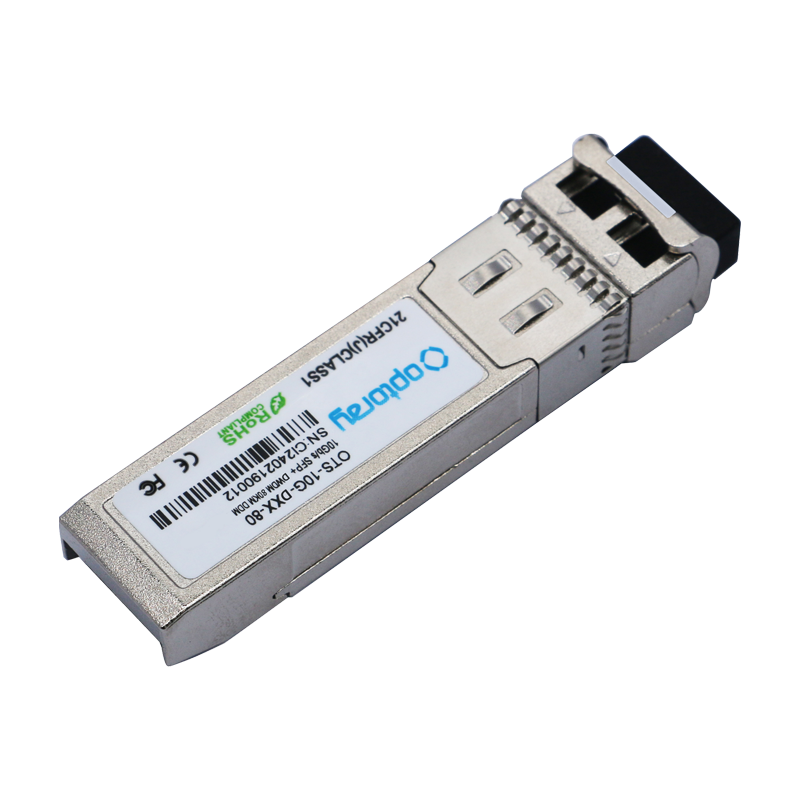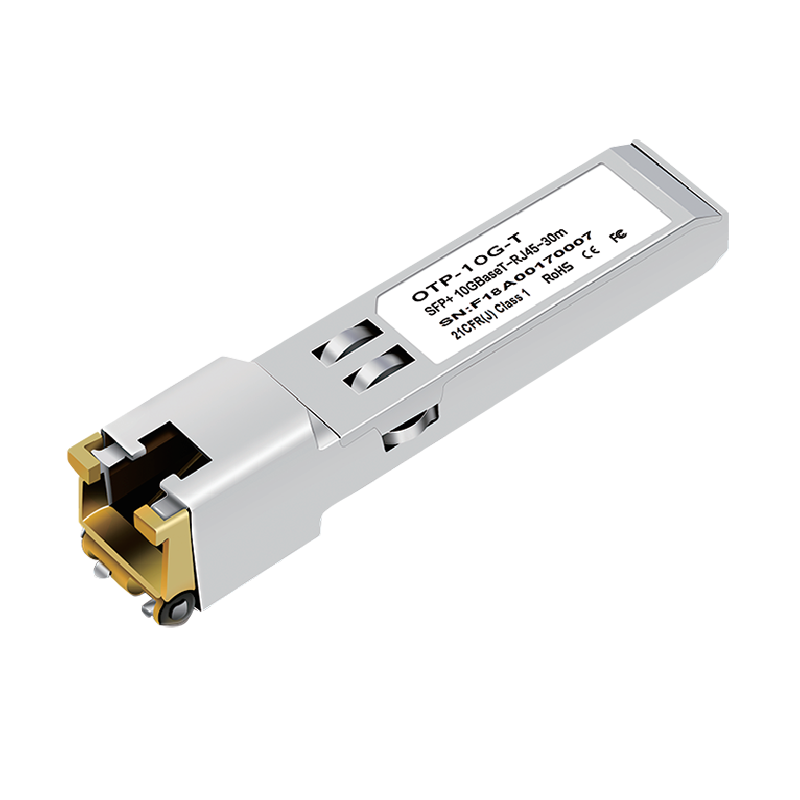+86-0559-5290604
100G SFP Modules: Unlocking the Core Code for High-Speed Communications
With the accelerating penetration of the digital economy, the data deluge is impacting traditional communications architectures with unprecedented force. From real-time data exchange in the cloud to instantaneous response times on edge devices, the industry's demand for high transmission speeds and stability has become a relentless demand. As the key link between the physical and network layers, the 100G SFP module, with its unique technical architecture and adaptability, is becoming the "invisible engine" supporting the next-generation information infrastructure, redefining the boundaries of high-speed communications.
Core Advantage: Unleashing Extreme Performance in a Compact Size
The 100G SFP module's exceptional performance stems from its deep optimization of physical layer transmission efficiency. Compared to traditional modules, its sophisticated optoelectronic conversion mechanism achieves a significant improvement in transmission efficiency per unit volume while maintaining a compact form factor. Its core principle is to compress the conversion process between high-speed electrical and optical signals to microseconds. Combined with low-noise amplification technology, this technology maintains signal integrity over long-distance transmission. This module utilizes adaptive power regulation technology, dynamically adjusting transmit power based on link loss. This prevents interference caused by overly strong signals and solves the problem of identifying weak signals. Furthermore, a built-in temperature compensation mechanism ensures stable operation in complex environments, maintaining consistent transmission quality despite the extreme temperature fluctuations of data center cabinets and outdoor base stations, ensuring zero-interruption network links.
Technological Breakthrough: Modulation Technology Rewrites the Rate Ceiling
The key to supporting 100G transmission capabilities lies in innovative modulation technology. The multi-level modulation scheme commonly used in 100G SFP modules breaks the rate bottleneck of traditional binary modulation by packing more information bits into a single channel. This technology not only improves spectrum utilization but also reduces reliance on fiber bandwidth, enabling existing fiber resources to carry higher transmission rates and facilitating a smooth transition for network upgrades.
At the signal processing level, advanced digital signal processing algorithms are central to ensuring performance. The module's built-in high-speed processor compensates for signal distortion in real time, including common problems such as dispersion and jitter, restoring the signal's true nature through dynamic equalization. Furthermore, the deeply integrated forward error correction mechanism provides the module with robust fault tolerance, ensuring transmission accuracy through data verification and repair even under poor link quality conditions.
Adaptability: Seamless Integration into a Diverse Network Ecosystem
The widespread adoption of 100G SFP modules is due to their excellent compatibility. Adhering to open standard interface specifications, they enable plug-and-play integration with switches, routers, and other devices from different vendors, significantly reducing compatibility risks during network deployment. This versatility not only simplifies the device selection process but also eliminates the need for large-scale hardware upgrades for existing networks, significantly reducing construction costs.

The 100G SFP module demonstrates exceptional flexibility in transmission media compatibility. Whether it's long-haul transmission over single-mode fiber, short-haul interconnection over multimode fiber, or even intra-device connections over copper cable, the corresponding module model can efficiently adapt. This multi-scenario coverage enables it to play a core role in diverse network environments, such as data centers, metropolitan area networks, and enterprise campuses, making it a versatile component for connecting heterogeneous networks. From the perspective of technological evolution, 100G SFP modules are not only the mainstream choice for current high-speed communications but also serve as a bridge to even higher speeds. Their mature technical architecture has provided valuable experience for the development of 200G and 400G modules. The improved supply chain has accelerated the cost reduction of high-speed modules, allowing cutting-edge technologies to benefit a wide range of industries more quickly. As the digital economy continues to deepen, 100G SFP modules will continue to serve as a core component of communication networks, driving the entire information society towards higher efficiency and lower latency.



 English
English русский
русский


